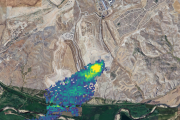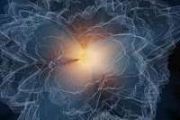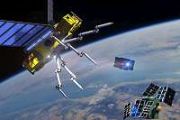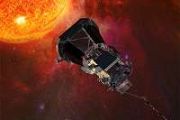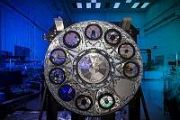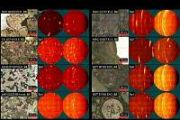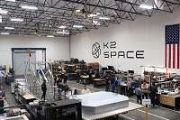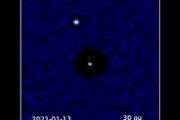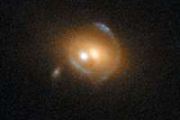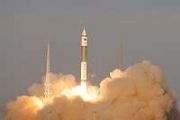
Copernical Team
Carbon dioxide cold traps on the moon are confirmed for the first time
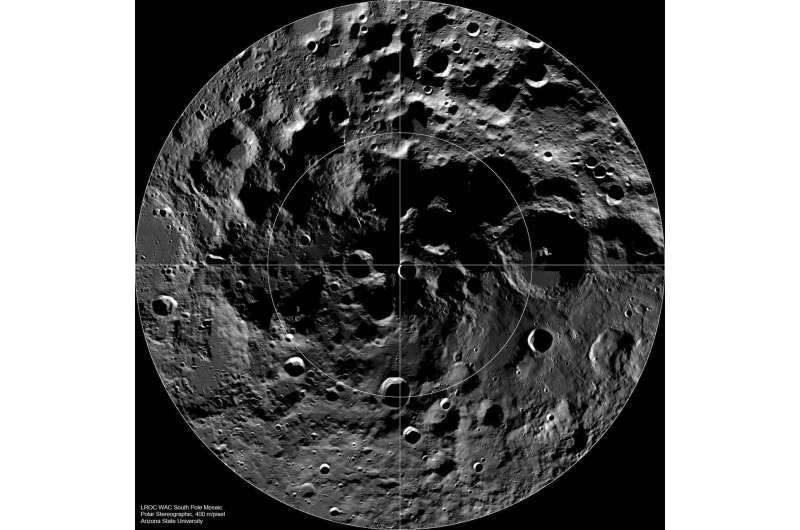
After decades of uncertainty, researchers have confirmed the existence of lunar carbon dioxide cold traps that could potentially contain solid carbon dioxide. The discovery will likely have a major influence in shaping future lunar missions and could impact the feasibility of a sustained robot or human presence on the moon.
Russia test blamed for space junk threatening space station

A Russian weapons test created more than 1,500 pieces of space junk that is now threatening the seven astronauts aboard the International Space Station, U.S. officials said Monday.
The State Department confirmed that the debris was from an old Russian satellite destroyed in Monday's anti-satellite weapons test.
"It was dangerous. It was reckless. It was irresponsible," said State Department spokesman Ned Price.
Earlier Monday, the four Americans, one German and two Russians on board were forced to seek shelter in their docked capsules because of the debris.
At least 1,500 pieces of the destroyed satellite were sizable enough to show up on radar, Price said.
Not saying it was aliens, but 'Oumuamua probably wasn't a nitrogen iceberg
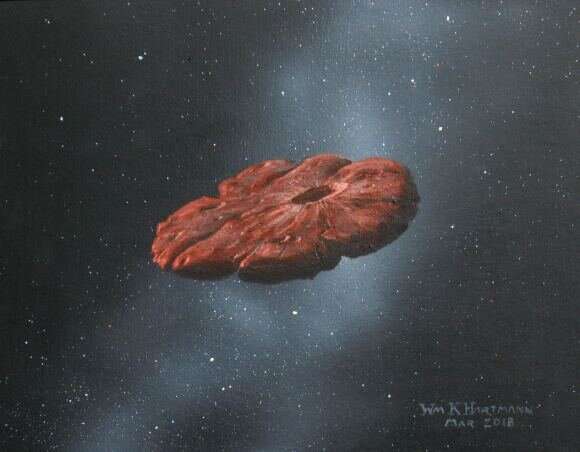
On October 19, 2017, astronomers made the first-ever detection of an interstellar object (ISO) passing through our solar system. Designated 1I/2017 U1 ′Oumuamua, this object confounded astronomers who could not determine if it was an interstellar comet or an asteroid. After four years and many theories (including the controversial "ET solar sail" hypothesis), the astronomical community appeared to land on an explanation that satisfied all the observations.
The "nitrogen iceberg" theory stated that "Oumuamua was likely debris from a Pluto-like planet in another stellar system. In their latest study, titled "The Mass Budget Necessary to Explain "Oumuamua as a Nitrogen Iceberg," Amir Siraj and Prof. Avi Loeb (who proposed the ET solar sail hypothesis) offered an official counter-argument to this theory. According to their new paper, there is an extreme shortage of exo-Plutos in the galaxy to explain the detection of a nitrogen iceberg.
In the paper where he broached the possibility, Loeb indicated that "Oumuamua's unusual character and behavior were consistent with a solar sail.
Here we GO, Matthias
 Image:
Image:
After a series of delays due to weather and a minor crew medical issue, ESA astronaut Matthias Maurer was finally launched to the International Space Station on 11 November. But not before reading some final words of support, shared by ESA astronaut Luca Parmitano, as Matthias waited to drive to the launchpad.
Alongside NASA astronauts Raja Chari, Tom Marshburn and Kayla Barron, Matthias lifted off on board Space X Crew Dragon “Endurance” at 03:03 CET Thursday 11 November and arrived ahead of schedule to the Station in the early hours of 12 November.
It is the first space
ESA’s Biomass on track to target forests
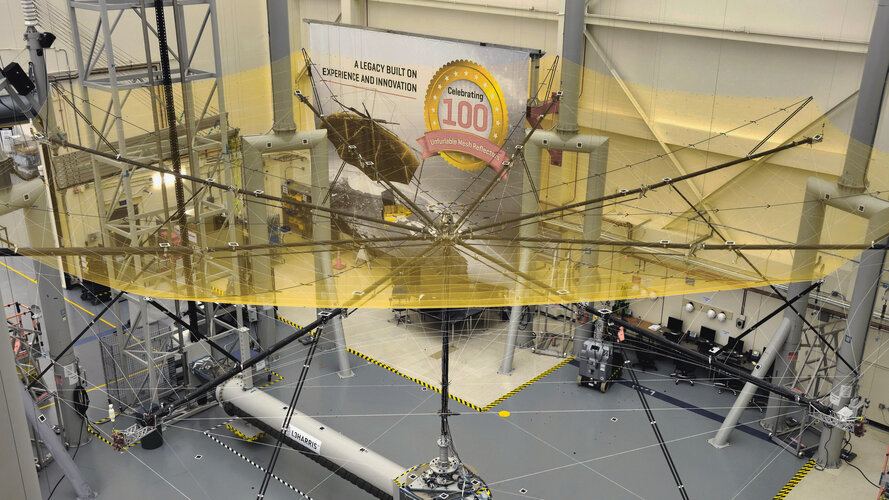
With more than 100 global leaders at COP26 having pledged to halt and reverse deforestation and land degradation by the end of the decade to help address the climate crisis, the health of the world’s forests is high on the political agenda. ESA’s Biomass mission will soon play a key role in delivering novel information about the of the state of our forests, how they are changing over time, and advance our knowledge of the carbon cycle. With launch scheduled for 2023, the mission is now in its last phases of development, having recently passed several key milestones.
Children of the world join Europe’s mission to Jupiter

Children of the world join Europe’s mission to Jupiter
We received astounding works of art from kids in 63 countries who put their personal touch on Europe’s mission to the largest planet in our Solar System, the Jupiter Icy Moons Explorer (JUICE).
European software-defined satellite ready to start service
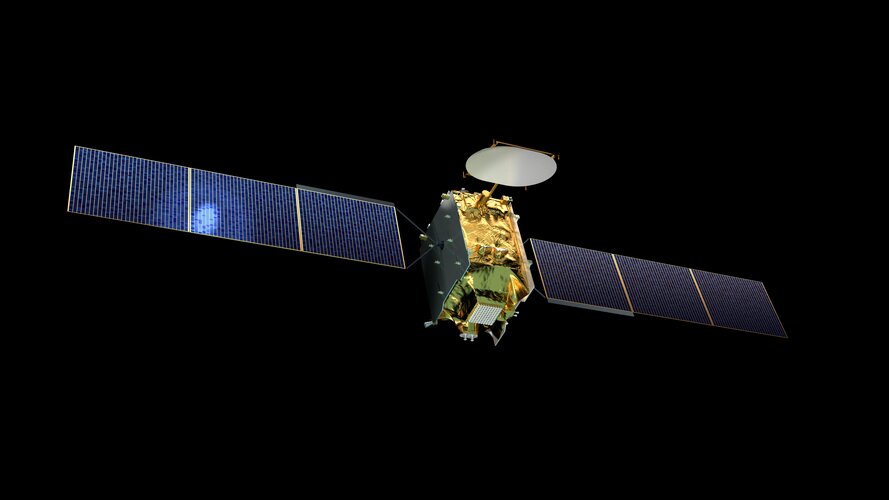
A telecommunications satellite that can be reprogrammed in-orbit, offering unprecedented mission reconfiguration capacity, has successfully passed its in-orbit acceptance review.
Calling all "fusioneers"! New US fusion energy website launches
 The U.S. Fusion Outreach Team, a grassroots organization in the fusion community focused on reducing barriers to outreach efforts, has launched a new centralized website to engage an expanding workforce, media, educators, and the public in the journey toward a world powered by fusion energy.
The U.S. fusion community has just completed a two year strategic planning process to focus on a bo
The U.S. Fusion Outreach Team, a grassroots organization in the fusion community focused on reducing barriers to outreach efforts, has launched a new centralized website to engage an expanding workforce, media, educators, and the public in the journey toward a world powered by fusion energy.
The U.S. fusion community has just completed a two year strategic planning process to focus on a bo Integrating hot cores and cool edges in fusion reactors
 Future fusion reactors have a conundrum: maintain a plasma core that is hotter than the surface of the sun without melting the walls that contain the plasma. Fusion scientists refer to this challenge as "core-edge integration."
Researchers working at the DIII-D National Fusion Facility at General Atomics have recently tackled this problem in two ways: the first aims to make the fusion core
Future fusion reactors have a conundrum: maintain a plasma core that is hotter than the surface of the sun without melting the walls that contain the plasma. Fusion scientists refer to this challenge as "core-edge integration."
Researchers working at the DIII-D National Fusion Facility at General Atomics have recently tackled this problem in two ways: the first aims to make the fusion core Researchers at the brink of fusion ignition at national ignition facility
 After decades of inertial confinement fusion research, a record yield of more than 1.3 megajoules (MJ) from fusion reactions was achieved in the laboratory for the first time during an experiment at Lawrence Livermore National Laboratory's (LLNL) National Ignition Facility (NIF) on Aug. 8, 2021. These results mark an 8-fold improvement over experiments conducted in spring 2021 and a 25-fold incr
After decades of inertial confinement fusion research, a record yield of more than 1.3 megajoules (MJ) from fusion reactions was achieved in the laboratory for the first time during an experiment at Lawrence Livermore National Laboratory's (LLNL) National Ignition Facility (NIF) on Aug. 8, 2021. These results mark an 8-fold improvement over experiments conducted in spring 2021 and a 25-fold incr 

